- The proposed new undersea tunnel between Honshu Island and Hokkaido Islands will have two decks, one for cars and the other for trains
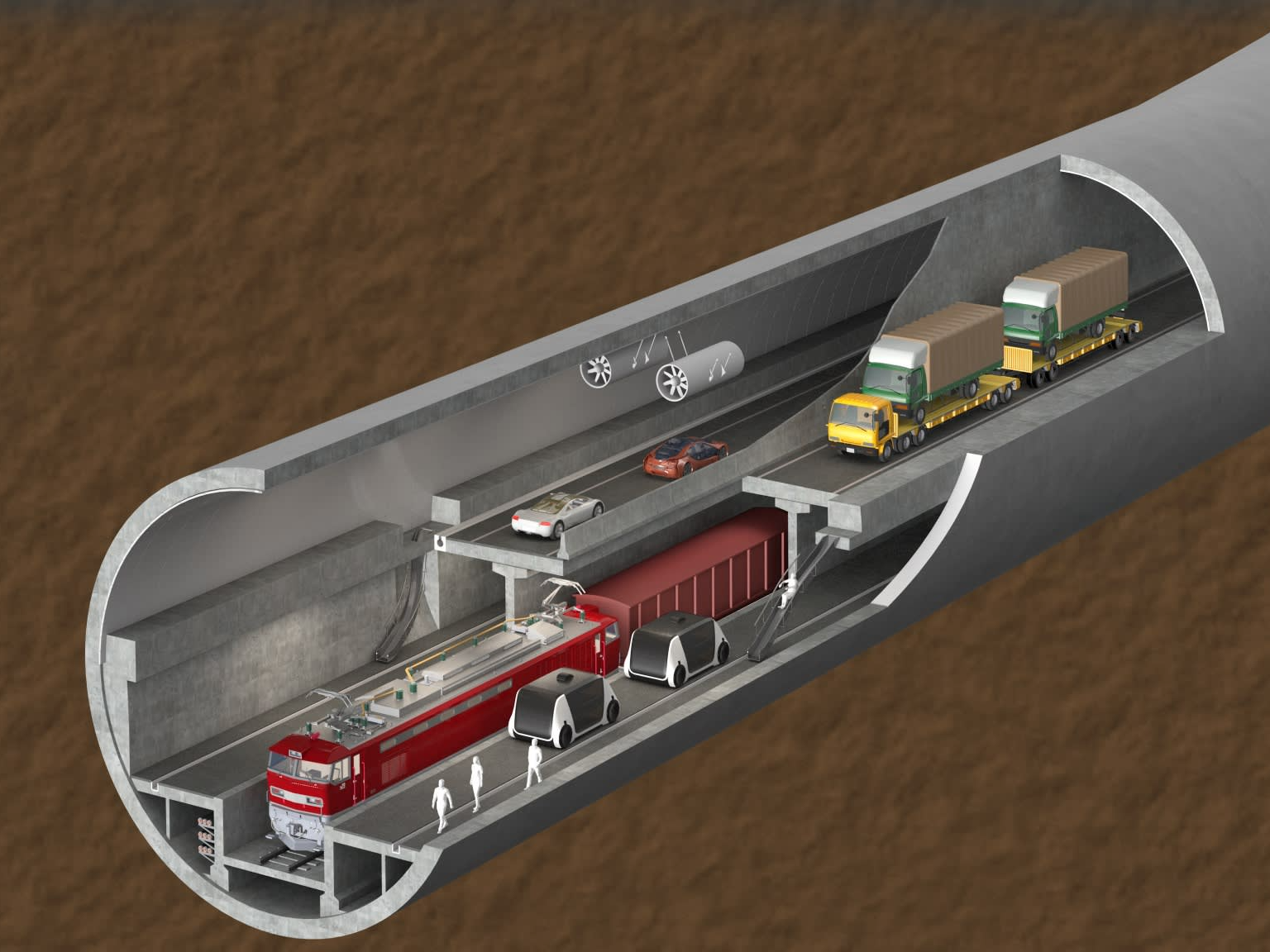
The idea of building a car tunnel between Japan’s Honshu Island and Hokkaido has gained new development after years of ideas that have been considered futile and unlikely to be realized.
According to a proposal submitted to the Japanese Minister of Transportation Akaba I last month, the 31-kilometer undersea tunnel will cost 720 billion yen (US$6.97 billion) as a supplement to the existing pure railway customs clearance tunnel.
This large-scale project will test the engineering capabilities of countries that produce Jingcan tunnels, one of the longest and deepest tunnels in the world. It will face the same budget constraints and labor shortages that have plagued other large infrastructure projects in Japan in recent years.
Project makes economic sense
But supporters say the project is economically meaningful, can cut transportation costs and promote the movement of people and goods.
Yoshiharu Ishii, a visiting professor at the School of Public Policy at Hokkaido University, said: "This is a good suggestion." Hokkaido is one of the only large islands in Japan that is not connected to Honshu by a bridge. Cars and trucks cannot pass through the Seikan Tunnel, which is only used for bullet trains and freight trains.
The idea of building a second tunnel under the Tsugaru Strait emerged in the middle of the last decade. It evolved into a two-story building plan, with self-driving cars on the top and freight trains on the bottom. Vehicles that are not equipped with autonomous driving equipment will use flatbed trucks.
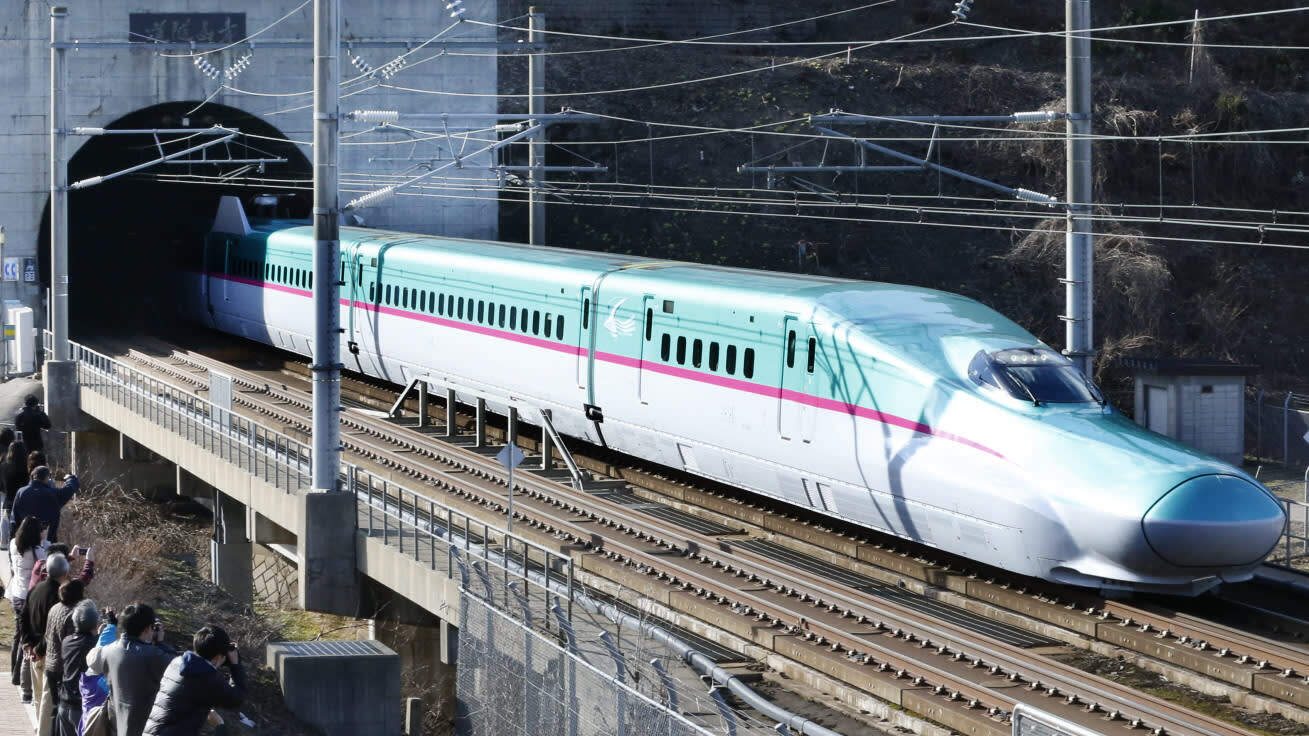
The Hokkaido Shinkansen saw that it had left the Seikan Tunnel and entered the main island of Honshu in Japan
The proposal of the Japan Project Industry Council last month estimated that the economic benefit of the second tunnel was 87.8 billion yen per year. Agricultural transportation in Hokkaido, one of Japan's largest agricultural regions, will increase by 600,000 tons, generating an economic value of 34 billion yen. According to the proposal, tourism revenue from increased travel will reach 53.8 billion yen.
Sapporo, the capital of Hokkaido, is about 1,150 kilometers away from Tokyo, which is about the distance from Tokyo to Fukuoka, a city in southwestern Japan. However, according to a study by the Hokkaido Economic Federation, the cost of truck transportation on northern routes increased by 34% to 210,500 yen per 10 tons.
From the initial survey to completion, the proposed tunnel will take approximately 15 years. The Japan Project Industry Association (its members include major Japanese contractors and steel producers) estimates that assuming the project’s borrowing rate is 1.16%, its construction costs can be recovered within 32 years.
Since the opening in 1988 and the construction of the Seikan Tunnel which lasted for 27 years, tunnel boring technology has come a long way. By adjusting the slope, depth and other factors, the proposal makes the second tunnel shorter than the current 53.85 kilometers.
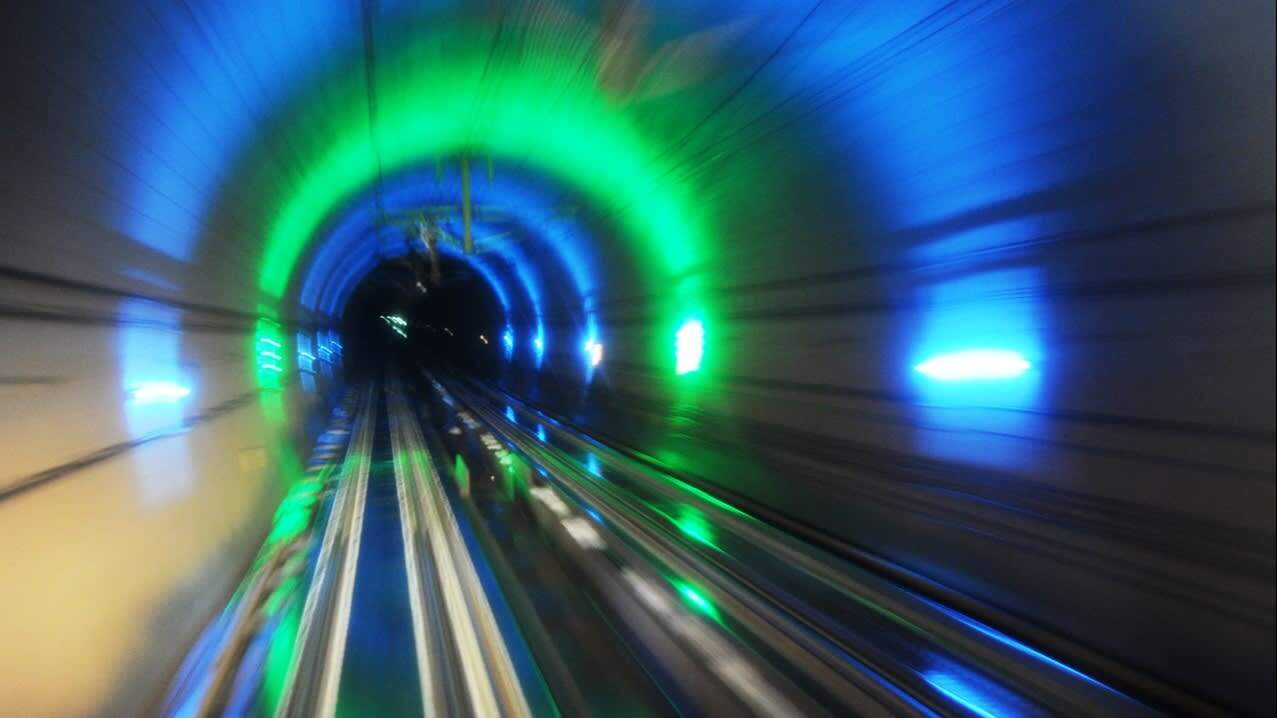
After 27 years of construction, the train passed through the Seikan Tunnel opened to traffic in 1988
The second freight tunnel will ease the bottleneck of the high-speed train Hokkaido Shinkansen that connects Tokyo and the northern islands. High-speed trains must now slow down during the crossing, which is shared with Japan Freight Railway.
Construction industry sources say that the Seikan tunnel also needs to upgrade the 20 tons of water leaking every minute. Satoshi Kurita, vice chairman of the Hokkaido Construction Industry Association, said: "If there is a bypass, the impact of construction on transportation will be small."
The 720 billion yen price proposed for the so-called Tsuoka Channel Tunnel project does not include tunnel exits or connections to existing roads and railways. The total cost of constructing these elements exceeds 1 trillion yen. The scale and difficulty of the tunnel project will be comparable to the maglev railway being constructed between Tokyo and Nagoya. This effort has stalled due to a dispute with the local government over the impact of the aquifer.
Whether the tunnel plan can convince a reluctant government in Tokyo will depend in part on the position of the Japan Railway Company, which has shown little enthusiasm for this.Editor/Huang Lijun
Comment
 Praise
Praise
 Collect
Collect
 Comment
Comment
 Search
Search



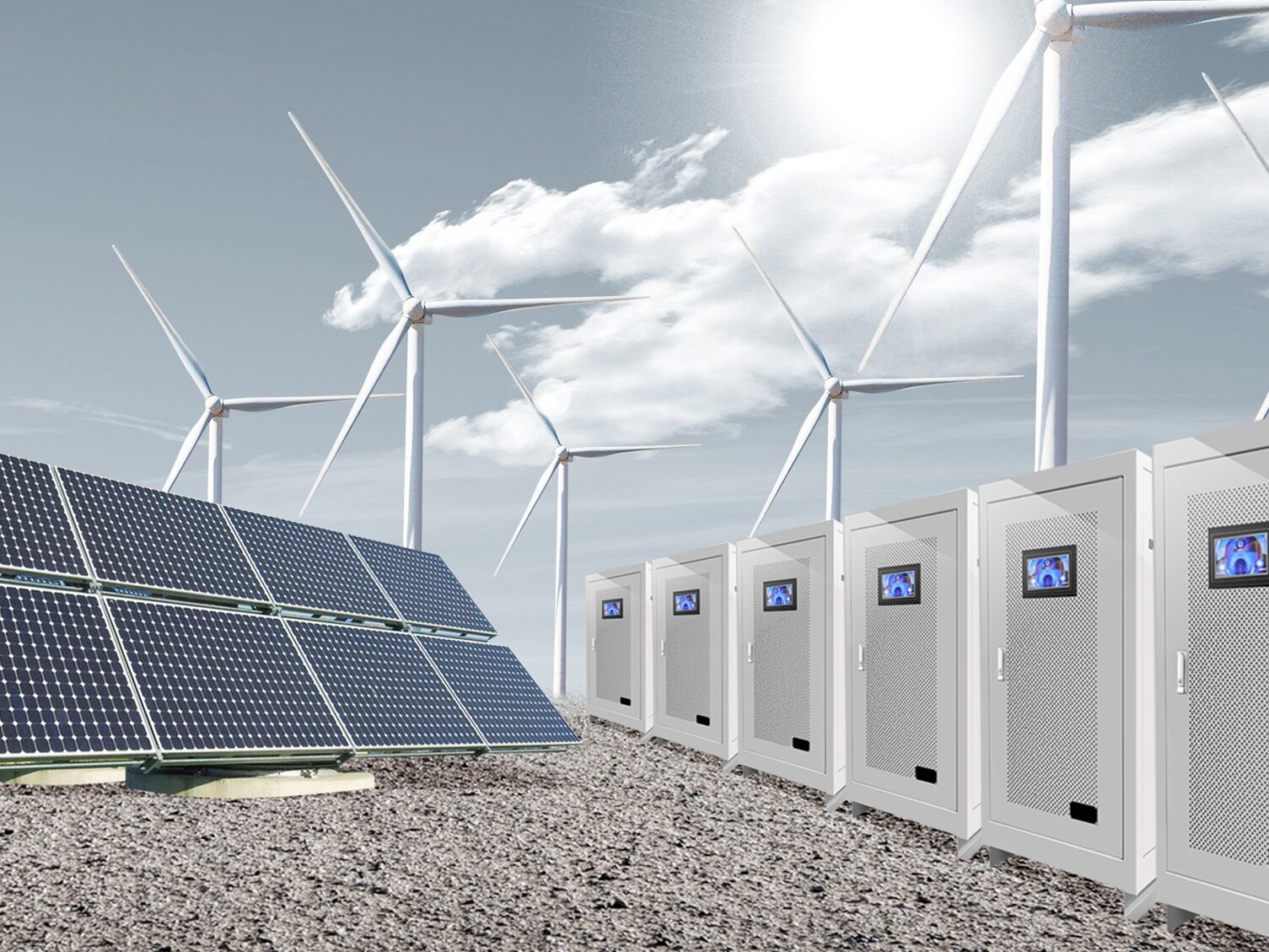

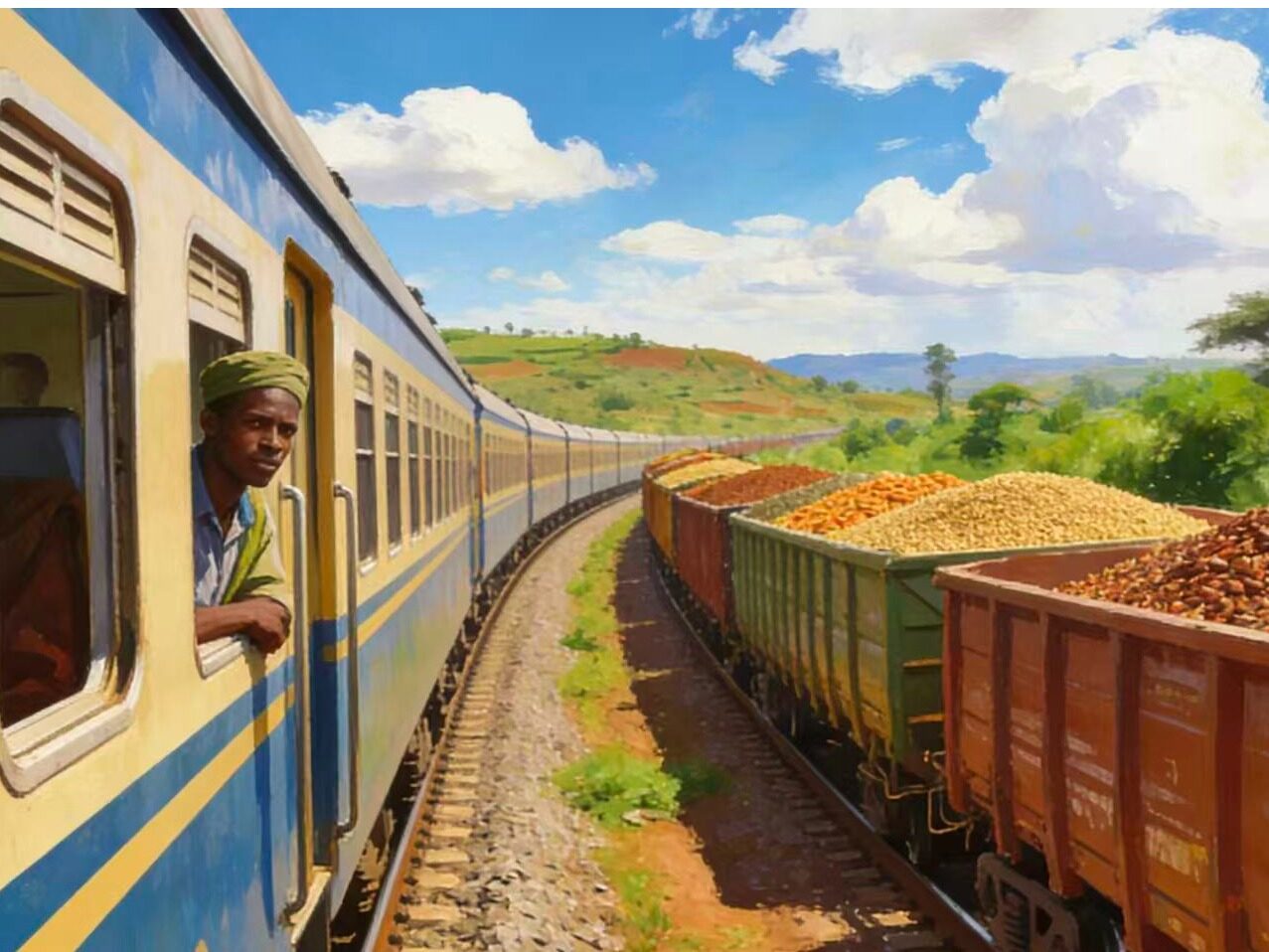
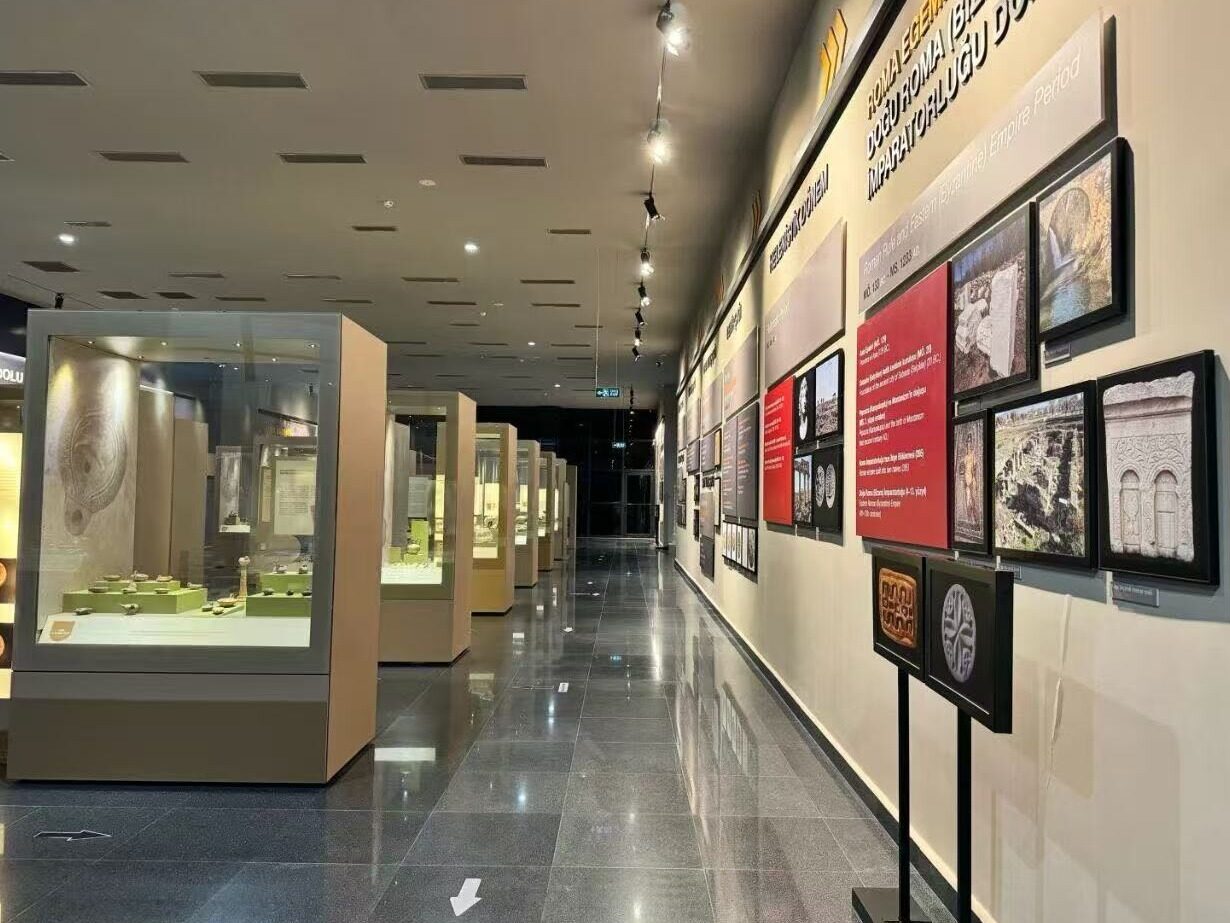
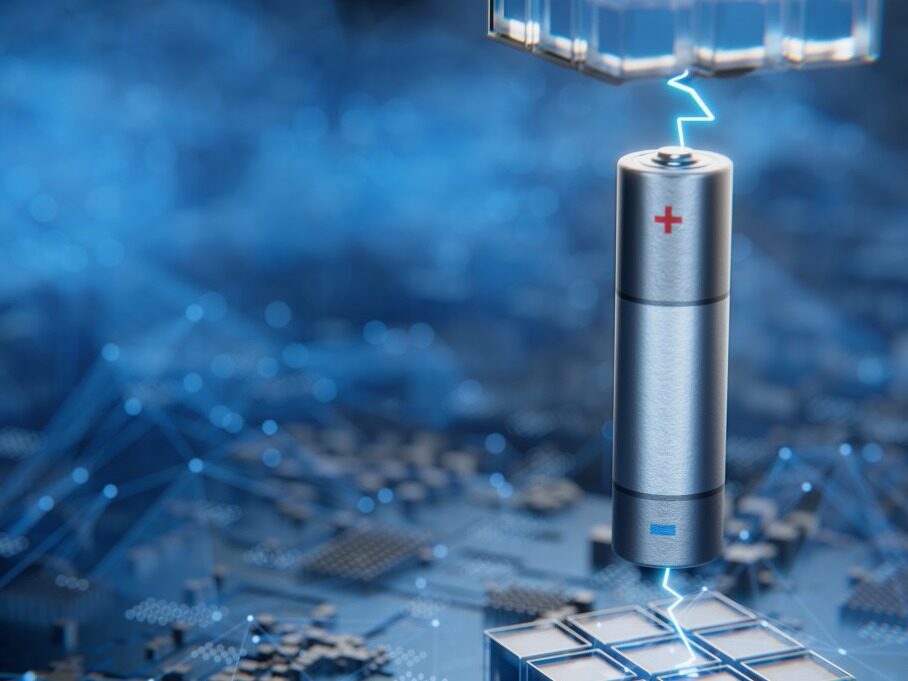






Write something~